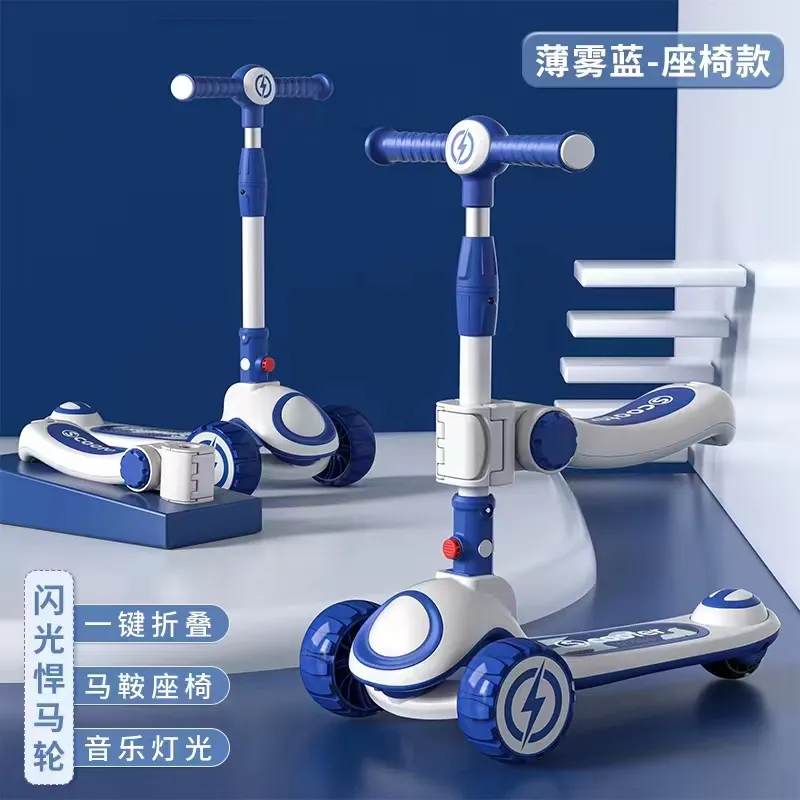full suspension bike
The Full Suspension Bike A Comprehensive Guide
When it comes to mountain biking, the choice of bike can significantly impact your riding experience. One popular option among enthusiasts and competitive riders alike is the full suspension bike. In this article, we will delve into the intricacies of full suspension bikes, discussing their advantages, components, types, and considerations for potential buyers.
What is a Full Suspension Bike?
A full suspension bike features both front and rear suspension systems, allowing for improved shock absorption and traction on rough terrains. Unlike hardtail bikes, which only have front suspension, full suspension bikes provide added comfort and control, especially over rocky or uneven trails. This design allows the bike to better manage the forces exerted on it by the terrain, effectively enhancing performance.
Advantages of Full Suspension Bikes
1. Improved Comfort One of the most notable benefits of a full suspension bike is the level of comfort it provides. The rear suspension absorbs shocks and bumps, reducing the impact transmitted to the rider. This feature is especially advantageous on long rides or challenging trails.
2. Enhanced Traction Full suspension bikes maintain better tire contact with the ground, allowing for superior grip when navigating slippery or uneven surfaces. This increased traction can make a noticeable difference in handling, particularly in technical sections of a trail.
3. Better Control With a full suspension system, riders experience improved control. The bike reacts better to terrain changes, allowing for more confident cornering and descents. This control can be a game-changer for riders facing steep drops or sharp turns.
4. Reduced Fatigue Riding a full suspension bike significantly reduces rider fatigue. By absorbing shocks and vibrations, these bikes decrease the strain on the rider's body, making it easier to enjoy longer rides without discomfort.
Components of a Full Suspension Bike
Full suspension bikes consist of several key components that contribute to their functionality
1. Front Suspension Fork This component is designed to absorb shocks from the front wheel. Various designs are available, including air and coil springs, which each offer different levels of adjustability and weight.
2. Rear Shock The rear shock is crucial to the bike's suspension system. It acts in tandem with the bike’s frame and rear triangle to absorb impacts. Like front forks, rear shocks can come in several configurations, including adjustable features that cater to varying riding styles.
3. Frame Geometry The geometry of a full suspension bike significantly influences its performance. A well-designed frame increases stiffness, handling, and overall efficiency. When choosing a bike, riders should consider how the frame geometry suits their preferred style of riding.
4. Linkage System The linkage system connects the rear shock to the frame. The design of this system affects how the bike reacts to impacts and how pedaling efficiency is affected during climbs and descents.
full suspension bike

Types of Full Suspension Bikes
Full suspension bikes come in various types, each catering to different riding styles
1. Trail Bikes For versatile riders, trail bikes offer a balance of efficiency and downhill performance. They generally feature moderate travel and lightweight designs, making them suitable for a wide range of terrains.
2. Enduro Bikes Designed for aggressive riding, enduro bikes typically have greater suspension travel than trail bikes. They excel in downhill sections but are still efficient enough for climbs.
3. Downhill Bikes These bikes prioritize performance on steep descents and rugged tracks. They feature the most suspension travel but sacrifice climbing efficiency due to their heavier build.
4. Cross-Country Bikes Full suspension cross-country bikes combine lightweight frames with efficient suspension. While they are designed for speed and climbing, they still provide the comfort and control advantages typical of full suspension systems.
Considerations for Buying a Full Suspension Bike
When selecting a full suspension bike, several factors need to be considered
1. Intended Use Evaluate the type of riding you plan to do. Different styles of full suspension bikes cater to specific terrains and riding preferences.
2. Budget Full suspension bikes can vary significantly in price. Knowing your budget will help narrow down your options while ensuring you receive quality and performance.
3. Fit and Comfort Make sure to test the bike for fit and comfort. A properly fitting bike enhances control and reduces the risk of injury.
4. Maintenance and Upgrades Consider the maintenance requirements and potential for upgrades when purchasing your bike. Good quality components might come with a higher initial cost but could result in savings over time through durability and performance.
Conclusion
Full suspension bikes are an excellent choice for riders seeking comfort, control, and versatility on challenging terrains. With numerous options available, from trail to downhill bikes, there's a model to suit every rider's preference and style. Understanding the components and types of full suspension bikes will empower you to make an informed decision, leading to an enhanced riding experience and countless adventures on the trails.
-
kids-scooter-tiny-olympic-games-scooterathlonNewsAug.22,2025
-
kids-scooter-waves-xingtai-zhongzhous-global-rippleNewsAug.22,2025
-
baby-tricycle-oem-legacy-zhongzhou-forgedNewsAug.22,2025
-
xingtais-twin-tricycle-revolution-siblings-ride-togetherNewsAug.22,2025
-
baby-tricycle-design-inspired-by-ancient-armorNewsAug.22,2025
-
nfc-chip-enabled-oem-baby-tricycle-trackingNewsAug.22,2025
-
The Perfect Baby TricycleNewsAug.11,2025








